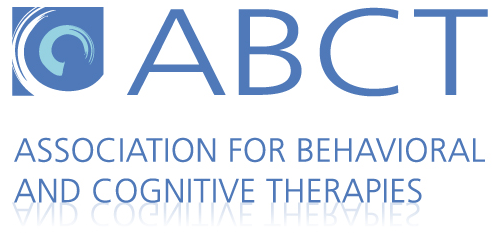Obesity & Overweight
Created on August 5, 2017. Last updated on March 6th, 2024 at 04:54 pm
Take me to the effective therapies for overweight & obesity
How Do I Know if My Child is Overweight or Obese?
A child is generally considered to be overweight when his or her body mass index (BMI; based on your child’s height and weight) is greater than the 85th percentile for his or her age and sex. That is, greater than 85 percent of youth who are your child’s age and sex have a lower BMI.
Children are often considered to be obese when their BMI is higher than the 95th percentile for their age and sex.
It is important to note, however, that BMI should not be the only tool used to decide if a child is overweight or obese. Having a high BMI may not mean that your child is overweight or obese. If you are concerned about your child’s weight or think that he or she may have a high BMI, it is important to speak to your child’s doctor.
About one-third of youth in the United States are overweight or obese. Overweight or obesity in childhood or adolescence most likely will follow a child into adulthood – most youth do not “grow out” of it.
Being overweight or obese can lead to a greater risk of developing physical and/or mental health problems, including heart disease, poorer quality of life, eating disorders, and depression.
Effective Therapies for Overweight and Obesity
Medical experts have made significant progress in understanding how best to help children and adolescents who are overweight or obese. They have determined that the best way to treat these issues is by:
- Changes to diet and activity
- Using strategies to change behaviors
- Including parents or caregivers in treatment
Getting your child help early on is critical; younger children usually see more benefits from treatment.
The charts below includes more information on the evidence-based therapies for overweight or obese toddlers, children, and adolescents. These therapies have been tested by researchers and clinical child and adolescent psychologists, and are ranked based on the evidence that shows how effective they have been in the treatment of overweight and obesity.
| Level One: Works Well |
|
| Level Two: Works |
|
| Level Three: Might Work |
|
| Level Four: Experimental |
|
| Level Five: Tested and Does Not Work |
To find out more about how these treatment levels are defined, click here.
| Level One: Works Well |
|
| Level Two: Works |
|
| Level Three: Might Work |
|
| Level Four: Experimental |
|
| Level Five: Tested and Does Not Work |
|
To find out more about how these treatment levels are defined, click here.
| Level One: Works Well |
|
| Level Two: Works |
|
| Level Three: Might Work |
|
| Level Four: Experimental |
|
| Level Five: Tested and Does Not Work |
|
To find out more about how these treatment levels are defined, click here.
| Level One: Works Well |
|
| Level Two: Works |
|
| Level Three: Might Work |
|
| Level Four: Experimental |
|
| Level Five: Tested and Does Not Work |
|
To find out more about how these treatment levels are defined, click here.
| Level One: Works Well |
|
| Level Two: Works |
|
| Level Three: Might Work |
|
| Level Four: Experimental |
|
| Level Five: Tested and Does Not Work |
|
To find out more about how these treatment levels are defined, click here.
| Level One: Works Well |
|
| Level Two: Works |
|
| Level Three: Might Work |
|
| Level Four: Experimental |
|
| Level Five: Tested and Does Not Work |
|
To find out more about how these treatment levels are defined, click here.
Source(s): Davison, G.M., Monocello, L.T., Lipsey, K., & Wilfley, D.E. (in press). Evidence base update on behavioral treatments for overweight and obesity in children and adolescents. Journal of Clinical Child and Adolescent Psychology.








